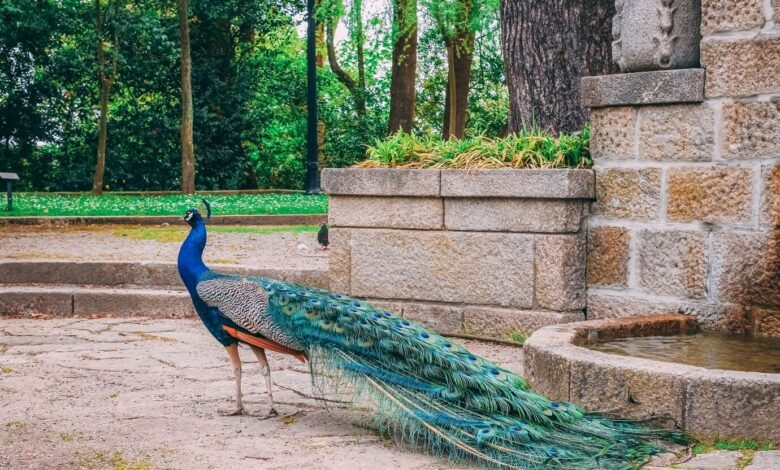How to Design and Maintain Your Own Jade Garden

Nestled within the lush embrace of nature, a Jade Garden is not merely a physical space—it is a sanctuary of tranquility, beauty, and cultural symbolism. The name itself evokes images of deep green foliage, delicate stones, and a serene atmosphere where time slows down. Whether found in the courtyards of ancient temples or modern botanical retreats, Jade Gardens reflect a harmonious blend of artistry, spirituality, and natural design. In this article, we explore what makes a Jade Garden truly captivating—from its origins and design elements to the emotional impact it leaves on visitors.
The Origins and Symbolism of the Jade Garden
The concept of a Jade Garden traces its roots back to ancient Chinese culture, where jade was revered not just as a precious stone, but as a symbol of purity, harmony, and moral integrity. In traditional Chinese philosophy, jade embodied both strength and grace, making it an ideal representation of balance in nature. Gardens that featured jade stones or were inspired by the qualities of jade became places of meditation and reflection. They were often designed to mirror the flow of energy (Qi) and were carefully arranged according to Feng Shui principles. These gardens weren’t just ornamental spaces—they were spiritual sanctuaries that connected the human soul with the rhythms of the natural world. Over time, the Jade Garden evolved into a broader metaphor for peaceful living, where each element—plant, stone, and water—played a role in fostering inner calm.
Design Elements That Define a Jade Garden
A Jade Garden is typically characterized by a thoughtful combination of natural materials and minimalist architecture. One of its most prominent features is the careful use of green hues, especially deep jade tones, in the foliage and structural elements. Smooth jade stones may be placed around koi ponds or along winding paths to add visual contrast and tactile beauty. Water features such as still pools or gently flowing streams contribute to the calming soundscape of the space, often reflecting light in a way that mimics polished jade.
Emotional and Spiritual Impact on Visitors
Walking through a Jade Garden can be a profoundly moving experience. Unlike more elaborate gardens that seek to impress, the Jade Garden quietly invites introspection. Visitors often report a feeling of lightness or calm as they move through its pathways. The soft rustling of bamboo leaves, the gentle trickle of water, and the subtle scent of flowers combine to create a multisensory retreat from the stress of daily life. Many spiritual traditions believe that spaces like the Jade Garden can help realign one’s energy or even serve as a space for healing.
Modern Interpretations and Global Influence
While the Jade Garden has its roots in East Asian traditions, its influence has spread worldwide. Today, you can find versions of Jade Gardens in cities from San Francisco to Kyoto, often adapted to local climates and cultures. Landscape architects draw inspiration from the garden’s emphasis on harmony and balance, using native plants and regional materials while maintaining the spirit of the original concept. Some modern Jade Gardens include art installations, reflective sculptures, or lighting elements that glow at night, adding new layers to the experience. Despite these updates, the core philosophy remains unchanged: a Jade Garden must serve as a peaceful refuge that encourages connection with nature and oneself. Even in contemporary architecture, rooftop gardens and interior courtyards are designed with jade-like aesthetics to bring serenity into homes and workplaces.
Creating Your Own Jade Garden Space
You don’t need a vast estate to enjoy the essence of a Jade Garden. Start by choosing plants with rich green foliage and calming forms—such as jade plants, ferns, or bonsai trees. Incorporate elements like smooth stones, water bowls, and natural wood furniture to echo the textures found in traditional gardens. Minimalism is key; keep the space uncluttered and focused on serenity. Adding soft lighting, wind chimes, or a small fountain can enhance the ambiance and help you create a space where stress melts away. Whether you’re seeking a spot for daily meditation or simply want to bring more tranquility into your life, designing a personal Jade Garden can be a deeply rewarding process.

